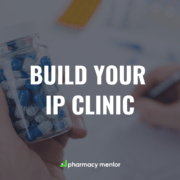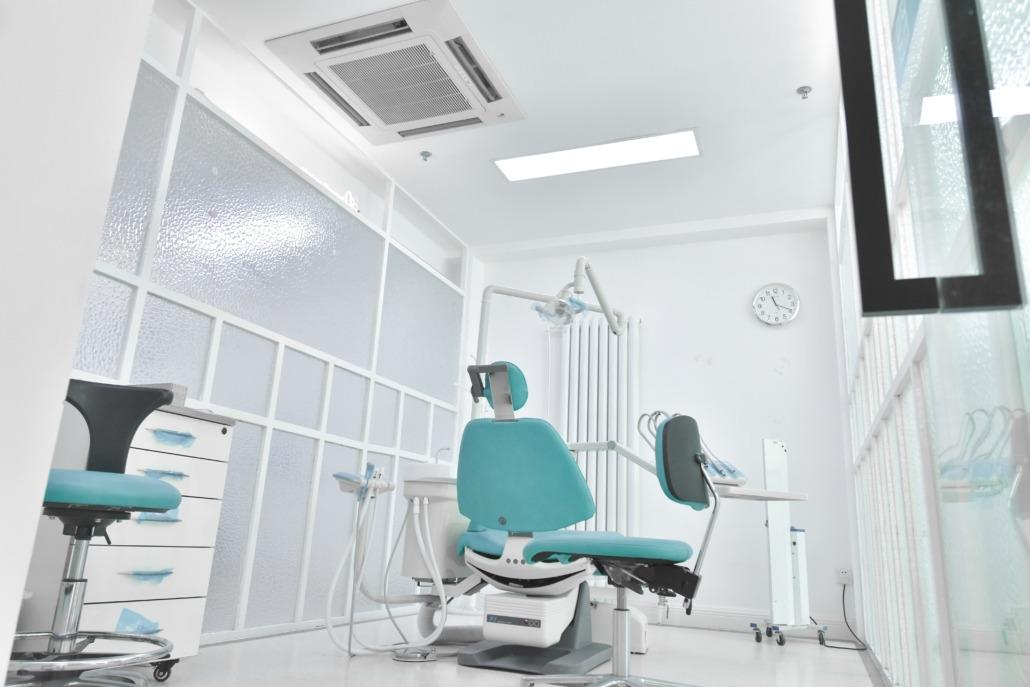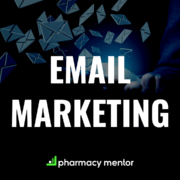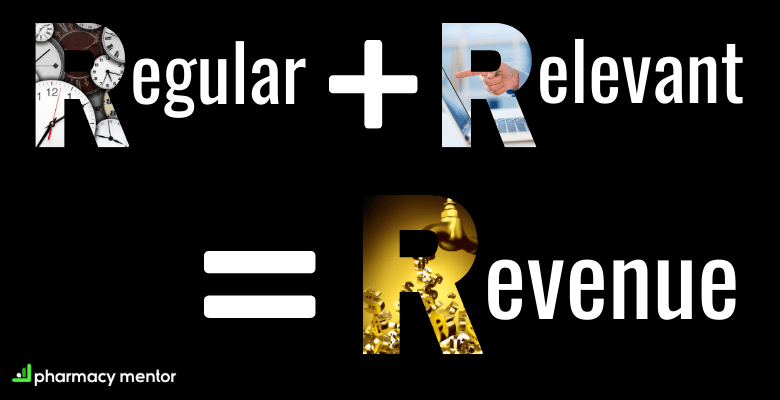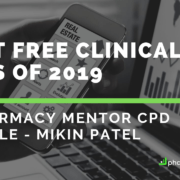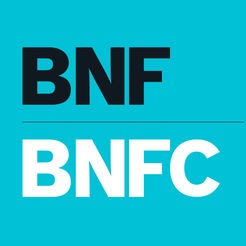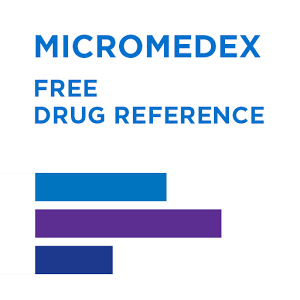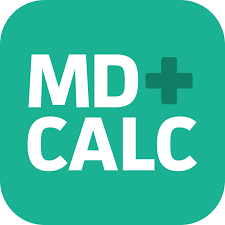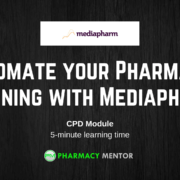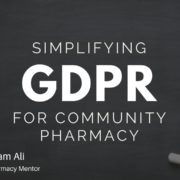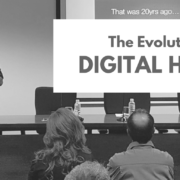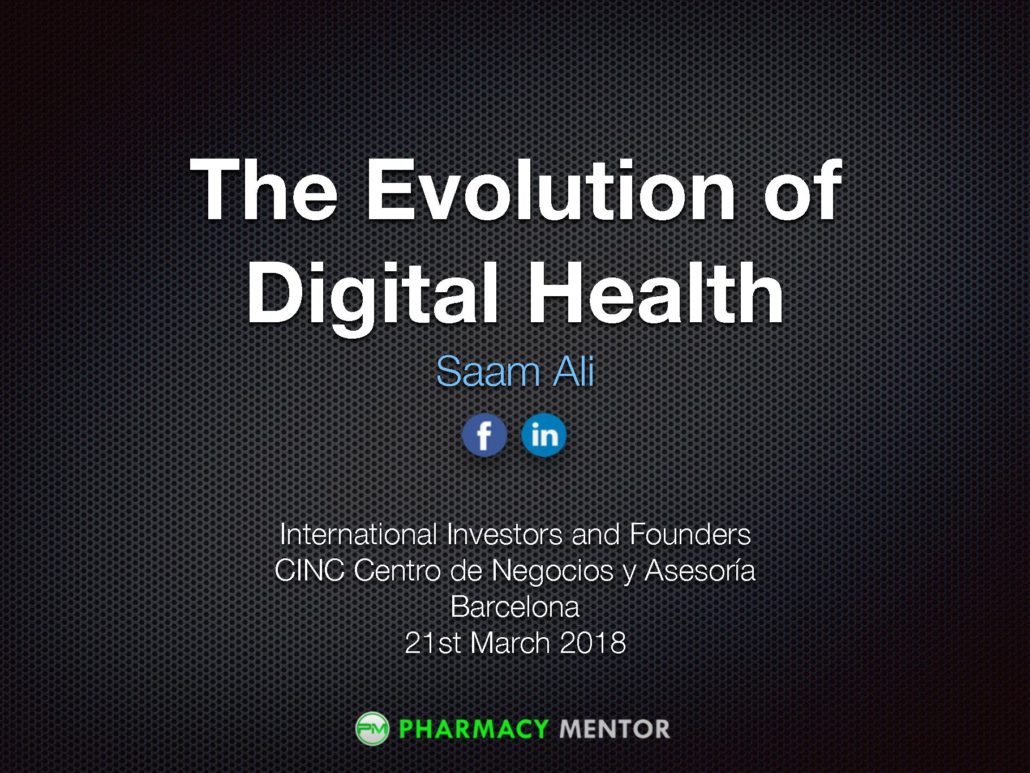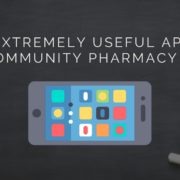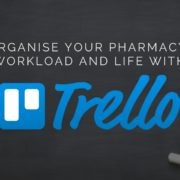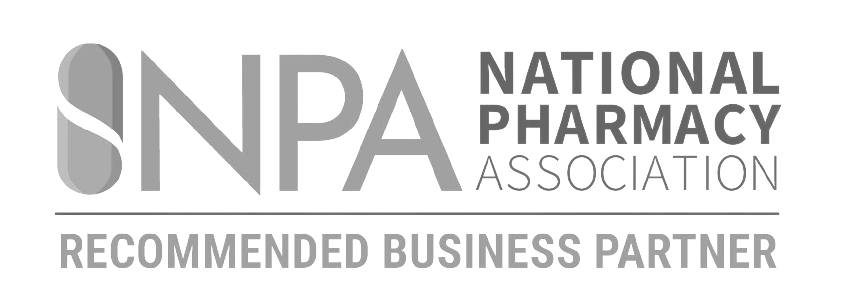Independent Prescribing will soon be the standard in pharmacy. (It’s already here, with early adopters already in full swing.). The move is the next logical step in Pharmacy becoming the true gateway for the NHS. And it’s the next logical step for your pharmacy if you’re growing your clinical provisions.
Want to run a pharmacy clinic as an independent prescriber? This guide shows you how to set yourself up in a way that:
- Makes it easy for patients to find you and book appointments
- Makes your clinic easier to manage
- Gives you more time for customer care and less time on admin
- Gets you good reviews
- Maximises your profitability to help your pharmacy thrive
- Works for any specialism you choose as an independent prescriber
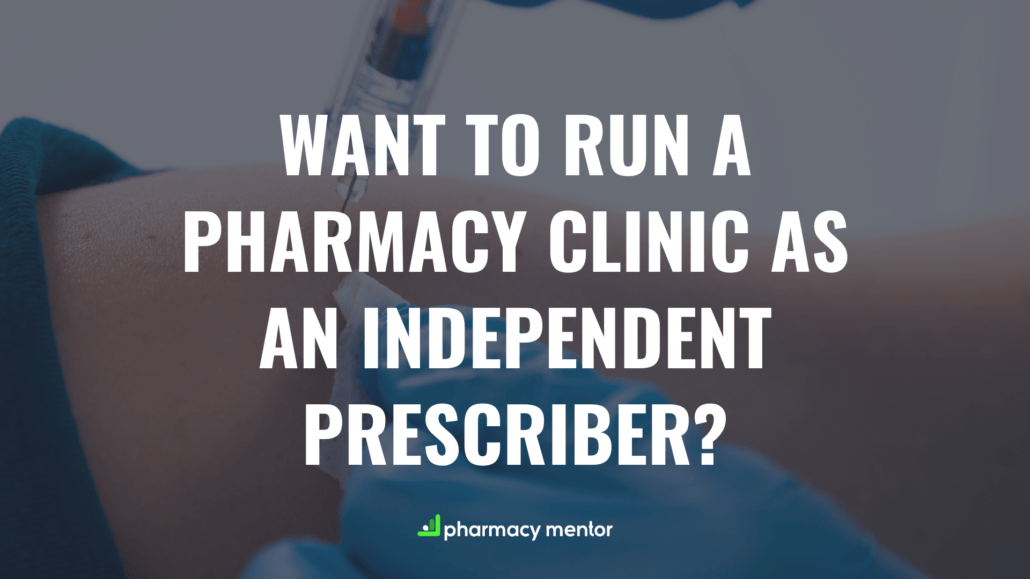
Whilst independent prescribers (IPs) can be set up in a wide range of healthcare settings, this article focuses on independent prescribing in a clinical pharmacy setting.
Getting Started: Laying the groundwork
If we’re building a successful model, we need a solid foundation. The element that underpins the entire operation. That foundation is your website. The easiest way to explain the value of a website is thinking of it as the hub in a hub & spoke model. It’s the backbone of all the various points of your operation, including:
- Capturing patients when they’re looking for a healthcare service
- Selling POMs and P-medicines
- Booking appointments
- Taking Payments
- Automating the Qualification/pre-consultation stage
- Recording data to review and analyse
- Answering FAQ’s so you don’t have to
- Making sure you’re legally compliant
Your website is your pharmacy, just online. Being online means it never closes, a massive benefit when it comes to convenience.
Review those bullet points. The only part of the entire prescribing journey the website doesn’t cover is consultations/clinic appointments and the supervision of dispensing medicines. It stands to reason that if you’re the only person who can do those things, those things should be your sole focus. The website should take care of the rest.
Now, will there still be phone calls? Naturally. Will there still be issues you have to handle? Sure. But with a proper website, they are anomalies, not the norm.
Getting a proper Independent Prescriber website
Emphasis on the word “proper.” This is the foundation of your prescribing business we’re talking about. Cutting corners is not the way to go. Otherwise, cracks you can paper over become crevices that swallow your revenue. Not only that, you have to be super sharp in that the GPhC will inspect your site and if it’s not built “properly”, they will ask you to shut it down. A major issue if you’ve already generated a tonne of SEO and rank.
Ever heard “this website has caused us so many issues”? It’s all too common with the so-called “cheap” solutions. If you’re creating a car on a budget, it’s the frills you’ll want to cut back on, not the engine.
The engine drives the car forward. Your website will drive your business forward.
The websites we create have in-depth features, created specifically for Independent Prescribing.
For example, a patient ordering Treclin for acne through your website will be prompted to start an online consultation. They’re then taken step-by-step through a comprehensive consultation – just like you’d take them through in the pharmacy. Questions don’t become answerable until the last one is completed, ensuring 100% accuracy. But this is an example user journey, not the only one. It depends on how the GPhC sees this as regulatorily sound.

A megamenu taken from a Pharmacy Mentor website for an Independent Prescriber
They agree to a few conditions such as reading the patient info leaflet supplied, the medication is just for them, and that all questions have been answered truthfully.
Only then can they order the medication after signing up to your website (to confirm identity). Crucially, before any medication is supplied, the pharmacist must “approve’ the medication is fit for purpose for that particular person. You can’t cut corners here and you need to be fully confident that you’re supplying the POM ethically and within your own SOPs.
It mirrors the process of a patient visiting your pharmacy. But it’s far more convenient. For both you and them.
These pre-consultations are unique for every service and P-medicines/POMs you provide. Of course, GSLs are able to be ordered without the need for a consultation. For clinical services, it means that the only thing that both you and the patient need to do during the appointment is the treatment itself. Doesn’t that just make you want to breathe a big sigh of relief?
Pharmacy Mentor create these websites tailored specifically for Independent Prescribing Pharmacies. I could go on and on describing the functionality, but it’s a bit like describing a painting. The only way to experience it is to look at it yourself.
Book an appointment for one of our team to show you around our Independent Prescribing demo website. See for yourself what your pharmacy business can become when you go online.
Connecting patients with your pharmacy
Ok, so you’ve got a website, now how do we capture the patients when they’re looking for a healthcare service or a consultation?
The traditional healthcare model has been GP or hospital first, then the pharmacy to collect any medication. As we know, that’s highly inefficient for the majority of most patients and the healthcare system itself. But, it’s what people are used to.
So how do we change that?
With marketing.
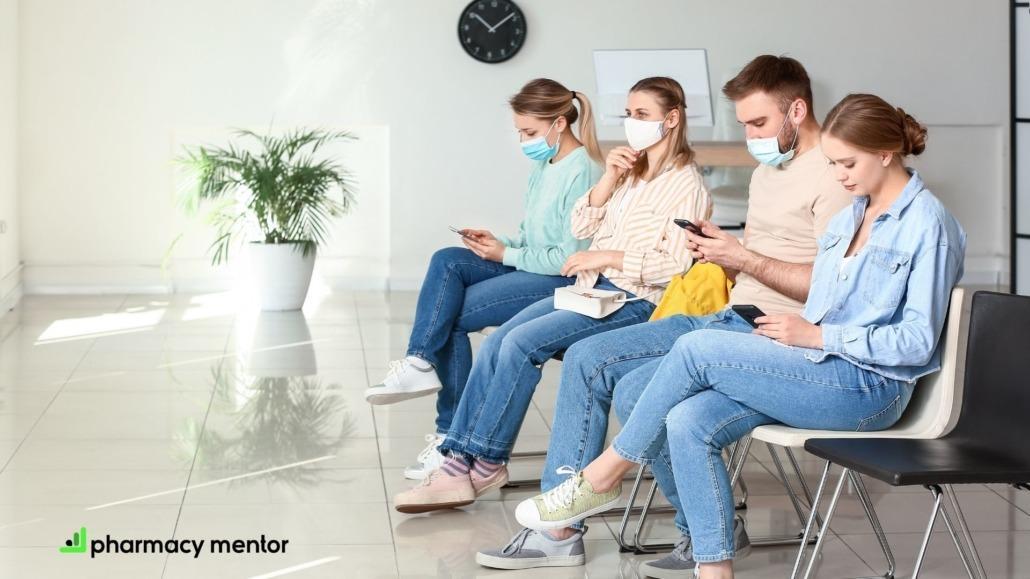
One of the most common sights in the NHS…patients waiting
Marketing Your Independent Prescribing Clinic
The problem pharmacies face when changing public perception of what they offer is indifference.
Think about how much information is thrown at us on a daily basis. Our brains have adapted to filter out irrelevant information. If you’re healthy, you don’t need to hear about where to go when you’re unwell. So your brain filters it out. Short of making a Netflix documentary, changing public perception in the macro is hard work. But we’ll return to that idea later.
One trick is marketing to people actively looking for healthcare services. Disrupt the existing journey they take. Give them a more convenient option. I can’t stress that enough. Convenience wins this game.
A more efficient, convenient service provided directly to people who need it, will, over time, change this perception of what pharmacy is.
You are the most convenient option
Fortunately, Independent Prescribing in a Community Pharmacy is the most convenient option, especially when coupled with eCommerce. All you have to do is appear when they need you, and you’ll most likely pick up the business. When people are faced with long GP waiting times for appointments, they’ll seek other avenues, and the place they’ll look is online.

Make search engines your biggest ally
Search engines have one job. To connect the person using them with the information they seek. One of the primary aims of your website should be having that information, and presenting it in such a way that the search engine connects the person searching for the information to your website. This is called Search Engine Optimisation for your Website and it’s pretty critical to success.
This is as true for the medicines you can sell online as it is for private clinics you operate. Give as much information as you can, as concisely and clearly as you can. When people are searching for help with their symptoms, your website should then show up with the clear, relevant information they need to solve their problem.
Rather than go into too much detail here, if you want to learn more about SEO check out SEO for Pharmacy: The Complete Guide to Winning Google.
Using Social Media to spread the word
Social media is an incredible tool. And just like all tools, how you use it determines its utility.
Social media’s primary benefit is that it connects. It unites people with common interests into communities.
Earlier I mentioned a Netflix documentary being one of the only effective ways to get people engaged with health conversations when they’re feeling perfectly healthy. Your social media strategy should be to be like a Netflix documentary. Not in production quality. Just this:
Capture things people care about and talk about them.
As a community pharmacy, you already have a community waiting to connect with you. Their common interest is health. But as an Independent Prescriber, you’ll have a specialised common interest. It might be hair loss. It might be weight management. No matter what it is, you’ll have a topic that some people care about, because it affects them. You can create a community out of this.
Use your specialist knowledge and give your advice out for free through social media. The formula for using social media is quite simple. You can scroll through the slider below to check it out.
When you’re the one giving out the advice, building the trust that you know what you’re talking about, patients will come to you for the clinic. They’ll come to you for the medicines. And if they don’t? They wouldn’t have done anyway.
A pharmacist told us recently they stopped their team giving out GSL medicine advice over the phone, because the people were then just going to supermarkets to get the medicine. They’re giving their time for no return.
But with social media, it’s not like you’re spending any extra time on these people. You’re creating the content anyway. If 100 people see it and 10 people visit your pharmacy, that’s a net gain of 10 customers, not a loss of 90. They weren’t your customers anyway.
Accelerating the Process with Ads
Money makes the world go round. So, naturally, if you’ve got a budget for it, why wouldn’t you advertise? You’ll get more business and make more money as a result. Absolutely.
My first bit of advice, however, is tread carefully. As an agency for pharmacies, we’ve had to learn and understand the rules around advertising on various platforms, especially Google and Facebook-owned ones.
You don’t want to get yourself banned from platforms for advertising things you shouldn’t have.
Now, obviously you can’t advertise POM’s online. But you can carefully advertise your clinics. You can advertise your pharmacists. It’s usually all in the wording.
And it’s where I’ll cheerfully advertise our services. Because we’re Facebook and Google partners. As an agency partner, we have reps to talk to about what’s allowed and what isn’t. We can get pharmacies authenticated for certain medicines e.g. Pneumonia vaccines (though there’s never a 100% guarantee on this.)
But the main reason I’d advise using us, or at least another professional ads agency (who is aware of the delicate nature of pharmacy advertising) is that your return on your spend will be far greater.
It’s the equivalent of paying a stockbroker £5k to manage your £100k portfolio. You spend that £5k because they’re far more likely to make more money from your £100k than you are. And it’s the same with advertising.
If you want to understand more about the advertising process, check out some of our other articles on advertising for your pharmacy:
- 5 Ways Digital Advertising Beats Traditional Advertising
- Google Ads for Pharmacy Services
- Advanced Google Ads Case Study Generating Six-Figures in Revenue from a £19k Spend
Generating Feedback & Garnering Reviews
Since Independent Prescribing will be a new service for you, you’ll want to get as many reviews and bits of feedback as possible. Build it into the process. Whilst website review prompts can often be ignored, when you do interact with patients, asking for reviews and feedback is critical to both improving your service and giving the patients of tomorrow confidence in your service.
It’s important to remember that even negative reviews can be turned into positive experiences. Responding to the review is always the first step. Thanking them for taking the time, and empathising. If you feel the review is constructive, you can then let them know you’re taking their feedback on board to improve your service going forward. A lot of the time, people leaving these reviews just want to be heard.
Once you’ve refined the process for one clinic, rinse and repeat with new specialities.
If you’re a newly qualified Independent Prescriber, starting a new clinic, then you’ll want to make sure you’ve got the process streamlined. It’s a lot easier to handle one clinic if something isn’t quite right than it is three or four!
But when your website is fully functioning, you understand the customer journey, and you’re raking in positive reviews, it’s definitely time to expand the offering. Naturally, you’ll have a personal workload you won’t want to overburden, but this is where we’ve seen several pharmacies we work with expand by hiring new IPs with different specialities.
If every pharmacy sets up successfully, the NHS and how the public interacts with pharmacies will already be changed. It’s an exciting time for pharmacy, and a rewarding one for those pharmacists willing to adapt to the new digital landscape.
After all, you went into healthcare to help people, not do endless administration.
Found this article helpful?
You can find all our articles and subscribe to our mailing list on our website. We’re always helping pharmacy owners to make the most of their pharmacy business with the very best in pharmacy marketing tips and guidance. We’d love to see you join our community!


